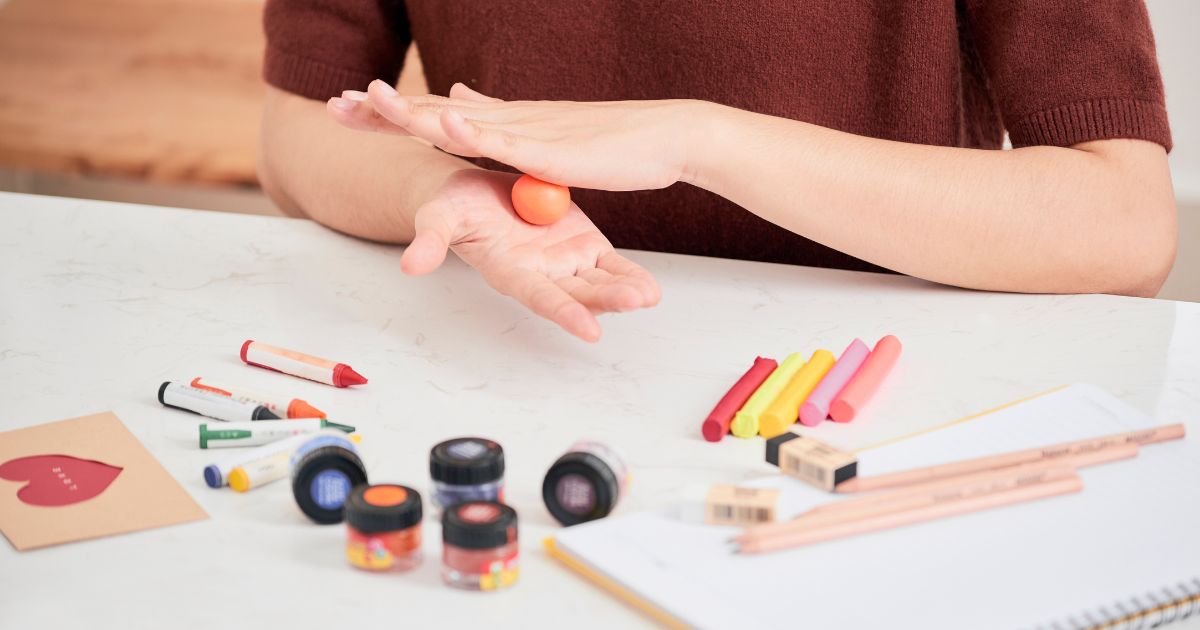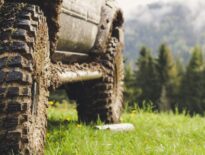Your clay jewelry designs can fit your style better than store-bought pieces. Know the differences between modeling clay and polymer clay for making jewelry.

Choosing the right materials for sculptures, jewelry, or other handmade items is critical to success. After all, the materials are what determine everything from their appearance to their resilience. Different materials also call for specific methods when crafting. Two popular options are modeling clay and polymer clay, each with unique characteristics. The differences between modeling clay and polymer clay will affect the outcome of your creative efforts.
Composition
One key difference between modeling clay and polymer clay lies in their composition. Modeling clay is typically oil based, meaning it contains various oils and waxes. This gives it a smooth, pliable texture that doesn’t dry out easily, making it ideal for projects where flexibility and reusability are important. You reuse it repeatedly.
On the other hand, polymer clay is a type of plastic. It contains polyvinyl chloride (PVC), plasticizers, and pigments. This composition allows it to retain its shape and hardness once baked, making it a preferred choice for creating durable, long-lasting pieces.
Drying Methods
As an oil-based product, modeling clay doesn’t dry out due to air exposure. Air-dry modeling clay consists of a mix of natural materials, sometimes with additives like glue or paper fibers. Air-dry modeling clay will dry out with prolonged exposure (up to 72 hours for complete drying, depending on the size of the piece) to air. Air-dry modeling clay doesn’t require a kiln to harden and generally doesn’t need baking or heating.
Both modeling clay and air-dry clay are different from ceramic clay for making pottery (stoneware, earthenware, or porcelain). Ceramic clay requires firing in a kiln to dry and harden into its permanent shape.
Polymer clay, however, hardens when baked in a regular home oven. Baking causes its PVC particles to fuse, giving the finished piece a firm texture. This makes polymer clay an attractive option for home crafters, as it doesn’t require any special equipment to harden.
Durability and Water Resistance
Once dried, air-dry modeling clay tends to be relatively fragile and can break or crumble under stress. It also doesn’t naturally resist water, and exposure to moisture can cause it to soften and lose its shape.
Polymer clay, after baking, becomes very durable and resistant to breaking. Furthermore, it’s inherently water resistant. This means that polymer clay pieces can withstand moisture without any adverse effects on their structure or appearance.
Color Selection
Both modeling clay and polymer clay come in a wide range of colors, but polymer clay offers more versatility in terms of color customization. While you can mix different colors of modeling clay to achieve new hues, the color selection of polymer clay is more diverse and vibrant. Polymer clay can accept additives, such as mica powder pigments for jewelry making, to achieve a variety of hues and gain a metallic shine. While both are excellent for crafting, the differences between modeling clay and polymer clay significantly affect the durability of your creative efforts. When you understand these distinctions, you can choose the type of clay that best suits your project’s requirements and your crafting style.






The rapper Ye, who has a long history of making antisemitic comments, issues an apology in Hebrew